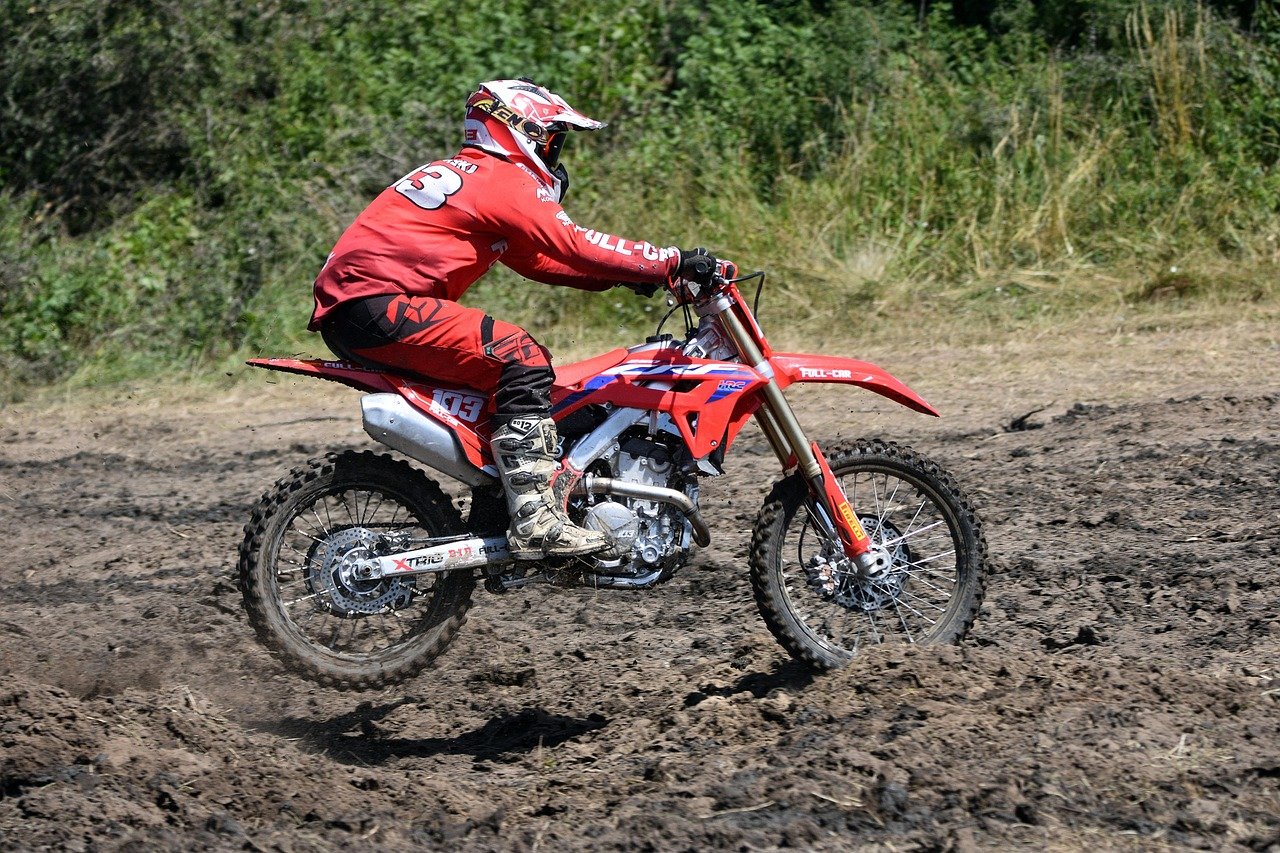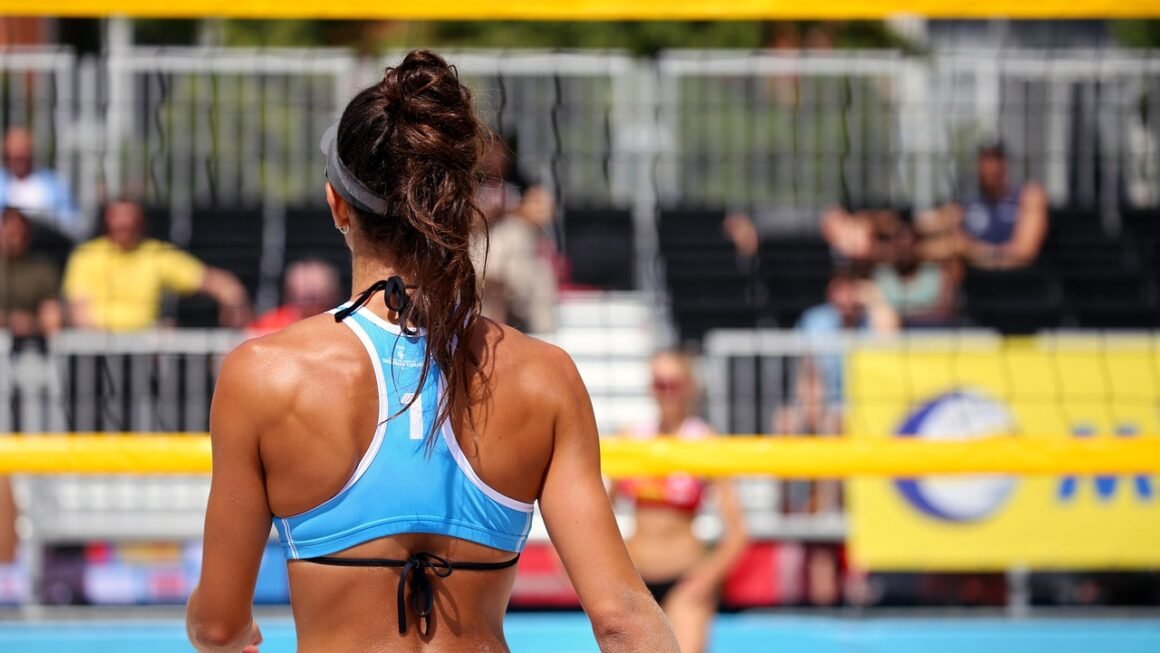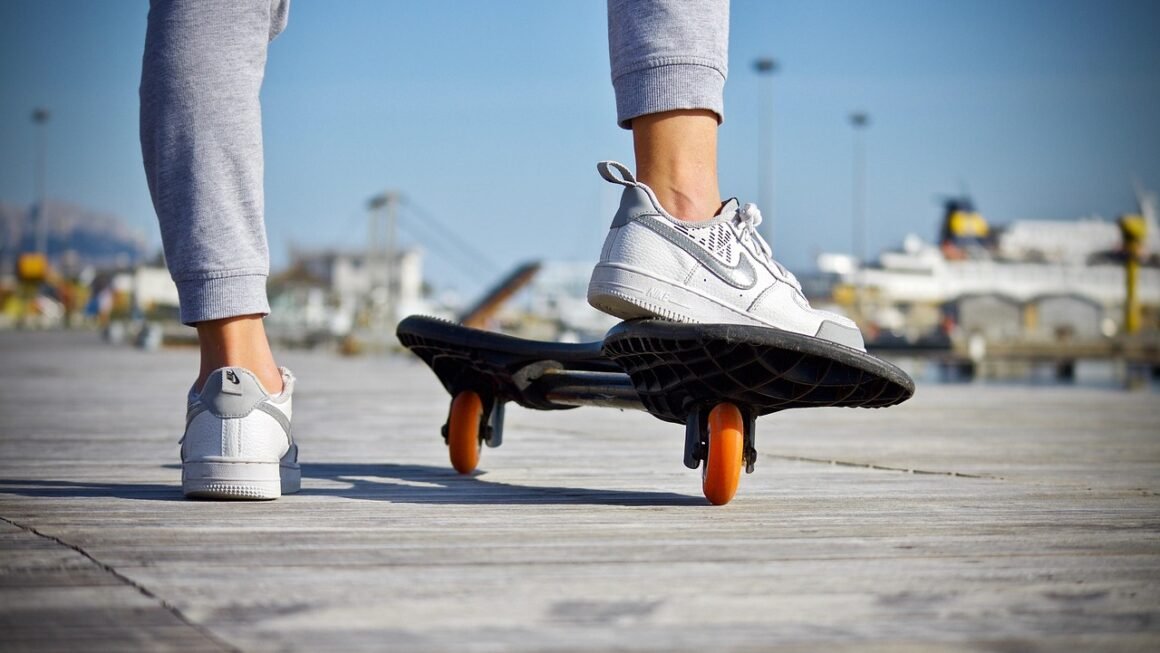Skateboarding. The word conjures images of sun-drenched streets, rebellious youth, and gravity-defying feats. But it’s more than just a pastime; it’s a sport, an art form, a culture, and a lifestyle that has captivated millions worldwide. Whether you’re a seasoned pro or just curious about getting started, this guide will provide a comprehensive overview of the world of skateboarding, covering everything from its origins to choosing the right gear and learning essential tricks.
A Brief History of Skateboarding
The Early Days: “Sidewalk Surfing”
Skateboarding’s roots can be traced back to the 1950s in California, where surfers sought a way to emulate the feeling of riding waves on land. These early skateboarders, often called “sidewalk surfers,” used planks of wood with roller skate wheels attached.
The 1970s: Evolution and Innovation
The 1970s marked a significant period of innovation in skateboarding. The invention of urethane wheels provided greater grip and control, paving the way for more complex tricks. Skateparks began to appear, offering dedicated spaces for skaters to practice and push their limits. Icons like Tony Alva and Stacy Peralta emerged, defining the style and pushing the boundaries of what was possible on a skateboard.
The Modern Era: Global Phenomenon
Skateboarding continued to evolve throughout the 1980s and 1990s, with the rise of street skating and the emergence of new styles and tricks. Skateboarding became increasingly mainstream, with competitions, videos, and endorsements bringing it to a global audience. Most recently, Skateboarding officially debuted as an Olympic sport in the 2020 Summer Olympics (held in 2021), solidifying its place in the world of competitive sports.
- Key Takeaway: Skateboarding has a rich history, evolving from a simple pastime to a globally recognized sport and cultural phenomenon.
Choosing the Right Skateboard
Types of Skateboards
Selecting the right skateboard depends on your skating style and preferences. Here’s a breakdown of the most common types:
- Standard Skateboards: These are the most versatile and commonly used skateboards, suitable for street skating, park skating, and general cruising. They typically feature a symmetrical shape and a concave deck.
- Longboards: Designed for cruising, carving, and downhill riding, longboards are longer and wider than standard skateboards, providing greater stability and comfort.
- Cruiser Skateboards: These are smaller, more portable versions of longboards, ideal for getting around town and enjoying smooth rides.
- Old School Skateboards: Replicas of skateboards from the 1970s and 1980s, often featuring wider decks and unique shapes.
Components of a Skateboard
Understanding the different components of a skateboard is crucial for making an informed purchase:
- Deck: The wooden platform you stand on, typically made of maple plywood. Deck size, concave, and shape affect performance and feel.
- Trucks: The axles that connect the wheels to the deck. Trucks affect turning, stability, and grinding.
- Wheels: Made of urethane, wheels come in various sizes, hardnesses (durometer), and shapes. Softer wheels are better for cruising, while harder wheels are better for tricks.
- Bearings: Allow the wheels to spin smoothly and efficiently. ABEC ratings indicate precision and speed.
- Grip Tape: Applied to the top of the deck to provide traction and prevent slipping.
Choosing a Skateboard for Beginners
For beginners, a standard skateboard is generally recommended. Look for a deck size that suits your shoe size and a complete skateboard package from a reputable brand. Complete skateboards are pre-assembled and offer good value for money.
- Example: A beginner with a shoe size between 8 and 10 might opt for a deck width of 8.0 to 8.25 inches.
- Key Takeaway: Research different types of skateboards and components to find the best fit for your skill level and skating style.
Essential Skateboarding Gear
Protective Equipment
Safety is paramount in skateboarding. Wearing appropriate protective gear can significantly reduce the risk of injuries:
- Helmet: A properly fitted helmet is the most important piece of protective gear.
- Knee Pads: Protect your knees from scrapes and impacts, especially when learning new tricks.
- Elbow Pads: Similar to knee pads, elbow pads provide protection for your elbows.
- Wrist Guards: Offer support and protection for your wrists, which are particularly vulnerable to injuries.
- Skate Shoes: Designed with flat, durable soles for grip and board feel, skate shoes enhance control and comfort.
Skate Tool
A skate tool is an essential tool for assembling, disassembling, and adjusting your skateboard. It typically includes sockets and wrenches for tightening trucks, changing wheels, and adjusting hardware.
Skate Wax
Skate wax is used to reduce friction on surfaces like ledges and rails, making it easier to grind and slide. Apply wax liberally to any surfaces you plan to grind on.
- Tip: Always prioritize safety by wearing protective gear when skateboarding, regardless of your skill level.
- Key Takeaway: Investing in quality protective gear is crucial for preventing injuries and enjoying skateboarding safely.
Learning Basic Skateboarding Skills
Getting Started
Before attempting any tricks, it’s important to master the fundamentals of skateboarding:
- Stance: Determine your stance (regular or goofy) by pushing off with either your right or left foot.
- Pushing: Practice pushing off the ground with your non-dominant foot to gain momentum.
- Balancing: Maintain your balance by keeping your weight centered over the board and bending your knees.
- Turning: Learn to turn by leaning your weight in the direction you want to go.
Basic Tricks
Once you’re comfortable with the basics, you can start learning some fundamental tricks:
- Ollie: The foundation of most skateboarding tricks, the ollie involves popping the board into the air.
- Kickflip: A more advanced trick that involves flipping the board 360 degrees along its long axis.
- Shuvit: A trick where the board rotates 180 degrees without leaving the ground.
- Grinds: Sliding along ledges or rails using the trucks of your skateboard.
Practice and Patience
Learning to skateboard takes time, patience, and dedication. Don’t get discouraged if you don’t progress as quickly as you’d like. Consistent practice is key to improving your skills.
- Example: Start by practicing ollies in a stationary position before attempting them while moving.
- Tip: Find a smooth, flat surface to practice on, such as a skatepark or empty parking lot.
- Key Takeaway: Mastering the fundamentals is essential before attempting more advanced tricks. Be patient and persistent in your practice.
Skateboarding Etiquette and Community
Respect and Awareness
Skateboarding, like any activity, has its own unwritten rules and etiquette. Being respectful of others and aware of your surroundings is crucial for maintaining a positive skateboarding community:
- Be mindful of pedestrians: Avoid skating in crowded areas and always yield to pedestrians.
- Respect private property: Do not skate on private property without permission.
- Clean up after yourself: Dispose of trash properly and leave skate spots cleaner than you found them.
- Share the space: Be considerate of other skaters and share the space fairly.
Supporting the Community
Skateboarding is more than just a sport; it’s a community. Supporting local skate shops, attending skate events, and respecting fellow skaters helps foster a positive and inclusive environment.
- Example: Volunteer at a local skatepark or support a local skateboard brand.
- Key Takeaway: Show respect for others, the environment, and the skateboarding community to foster a positive and inclusive culture.
Conclusion
Skateboarding is a dynamic and rewarding activity that offers countless opportunities for self-expression, physical fitness, and community engagement. From its humble beginnings as “sidewalk surfing” to its current status as a global phenomenon, skateboarding has continuously evolved, inspiring generations of skaters to push their limits and redefine what’s possible on four wheels. By understanding the history, choosing the right gear, mastering the fundamentals, and respecting the community, you can embark on your own skateboarding journey and experience the joy and camaraderie that this unique sport has to offer. So, grab a board, put on your helmet, and get rolling!



